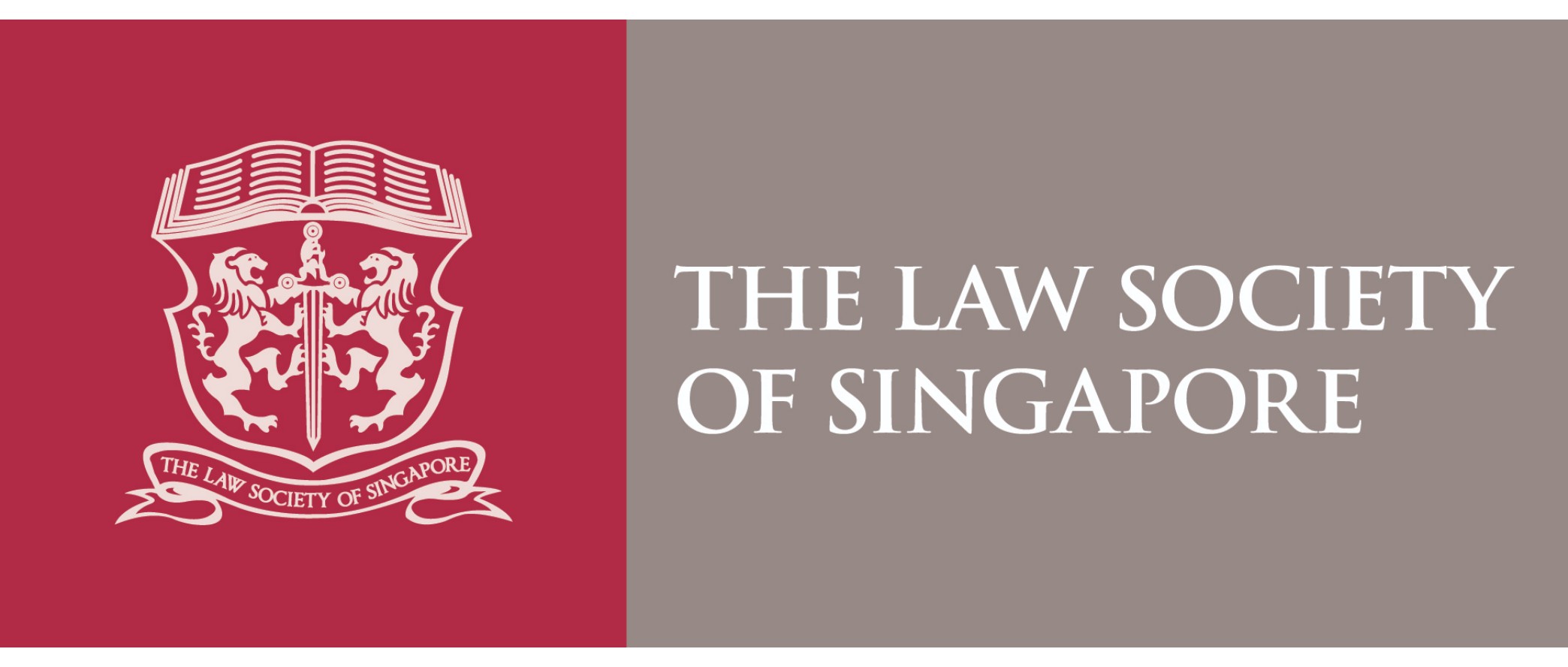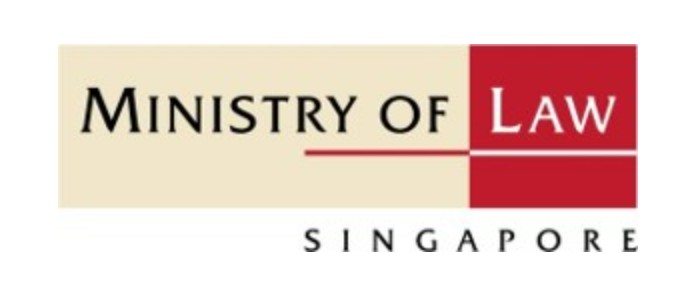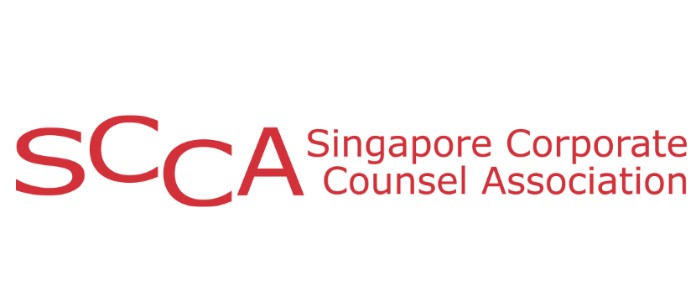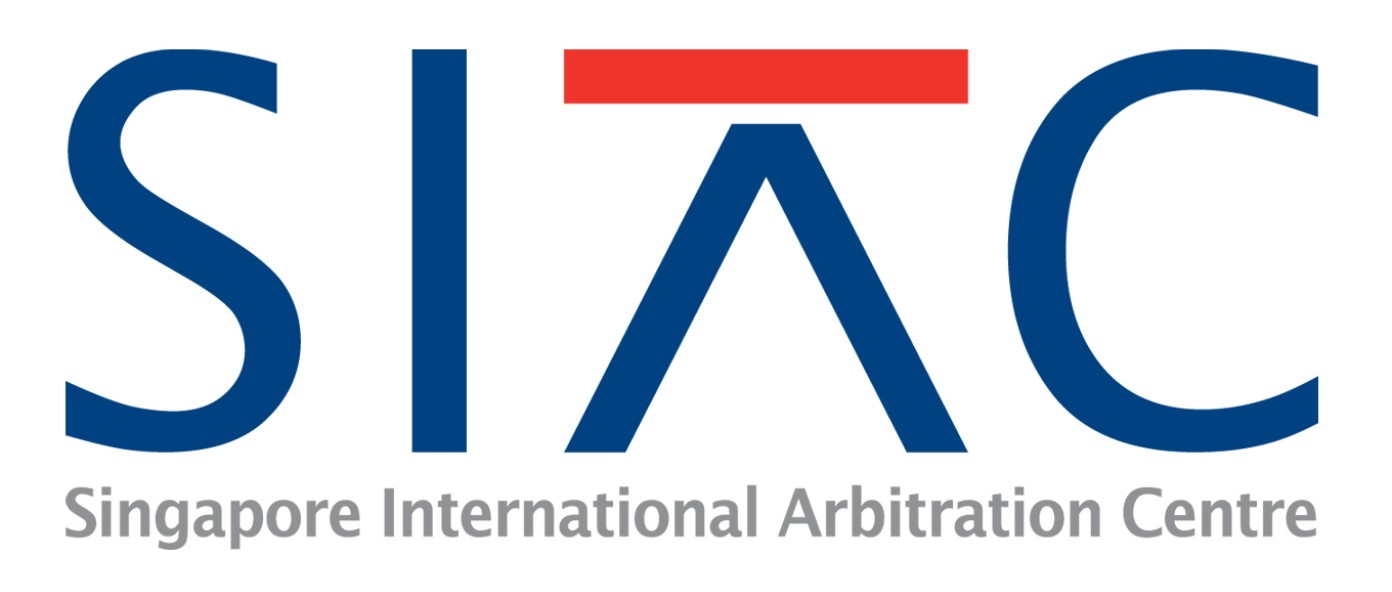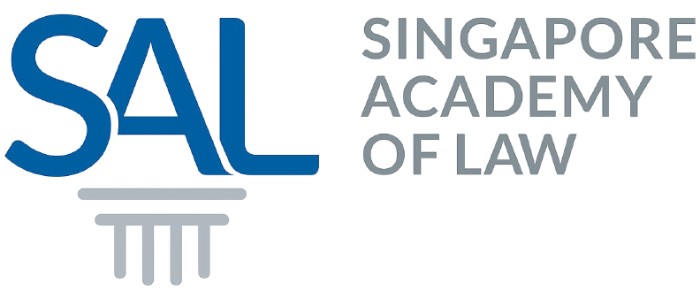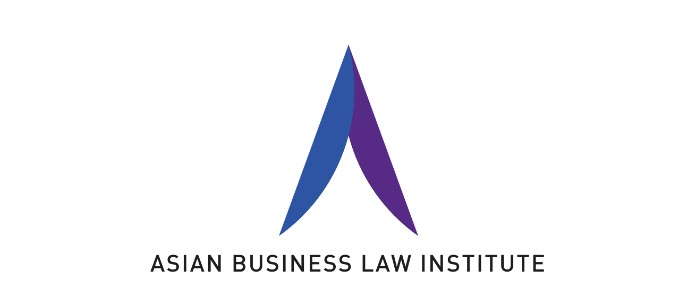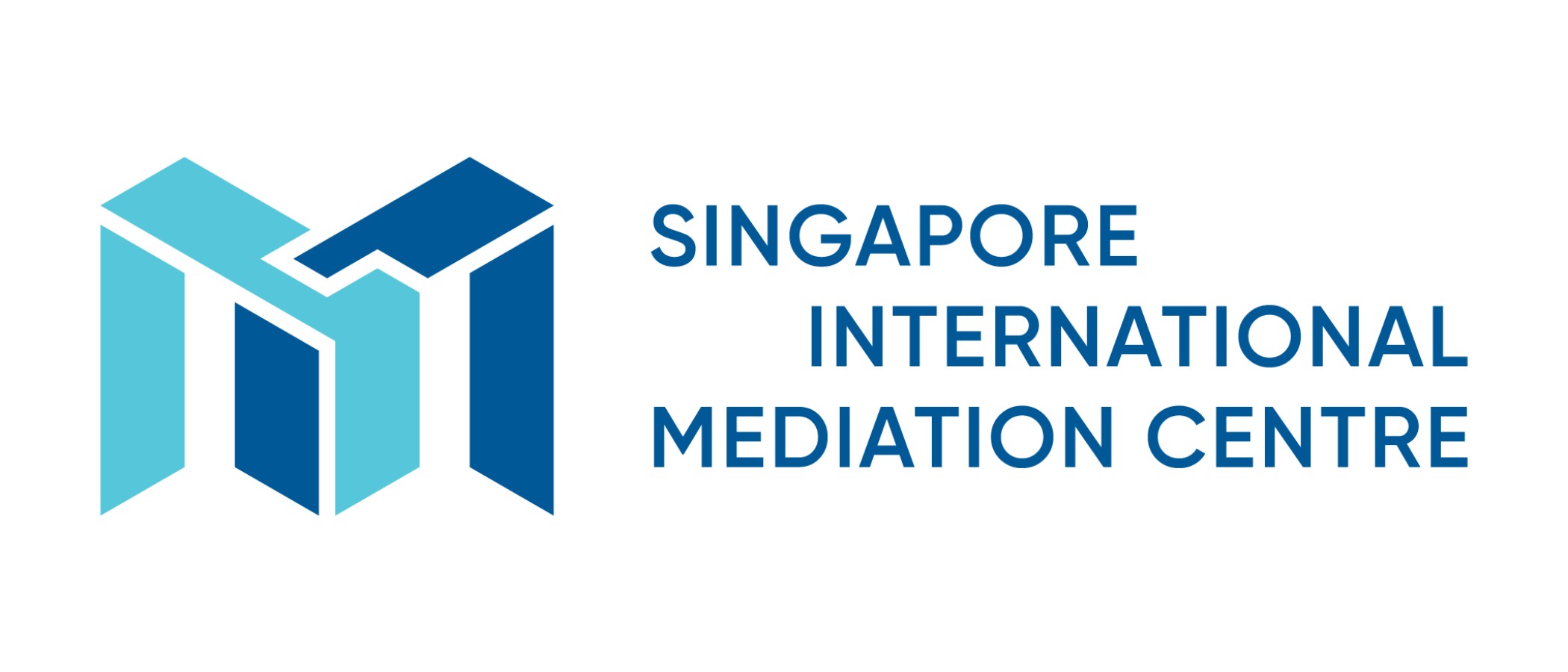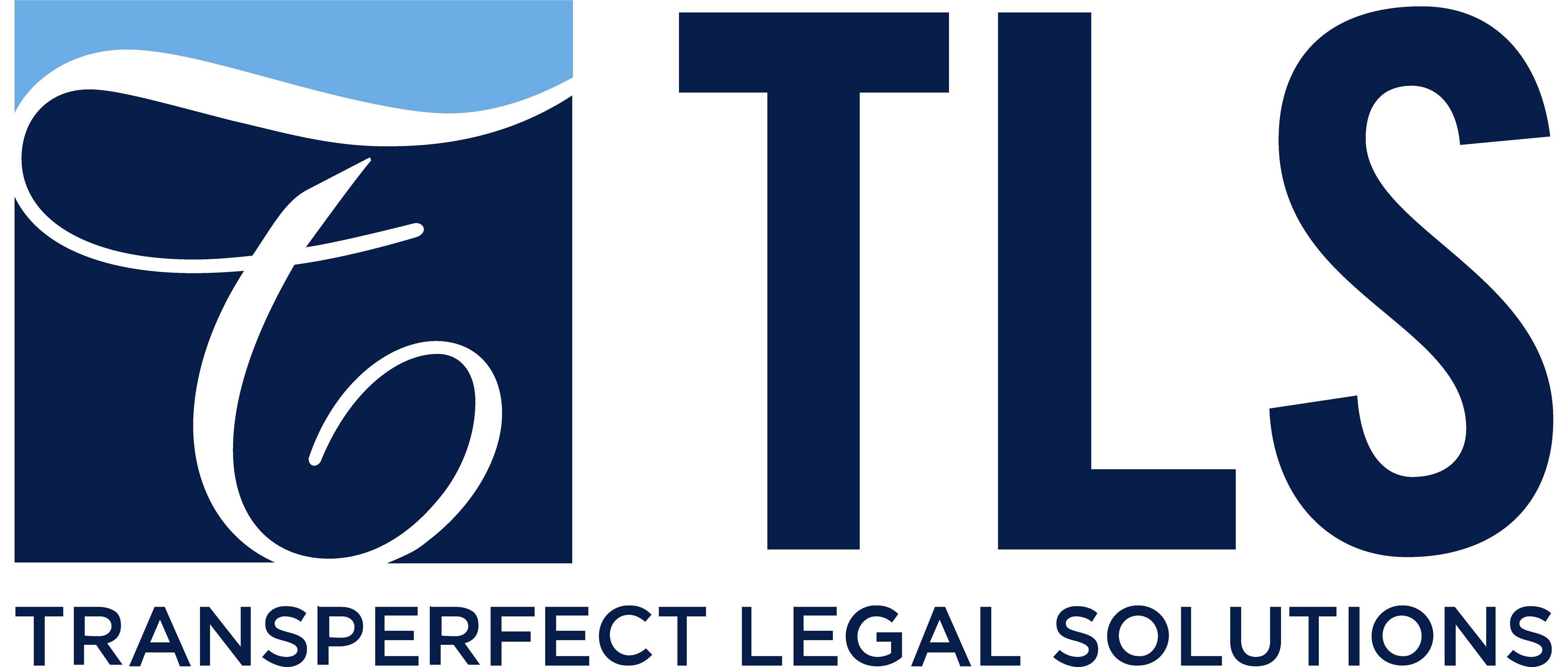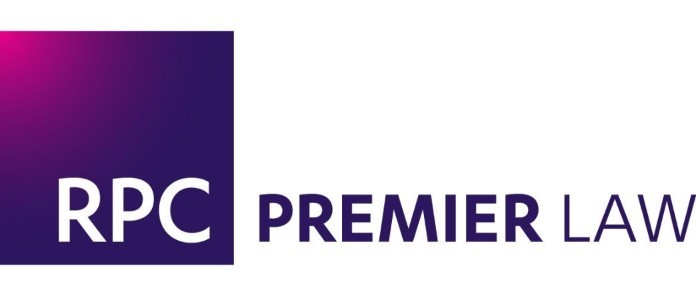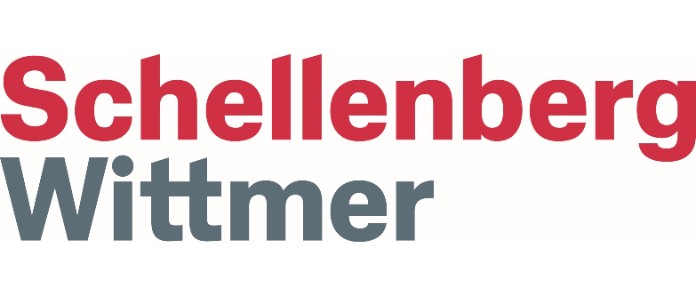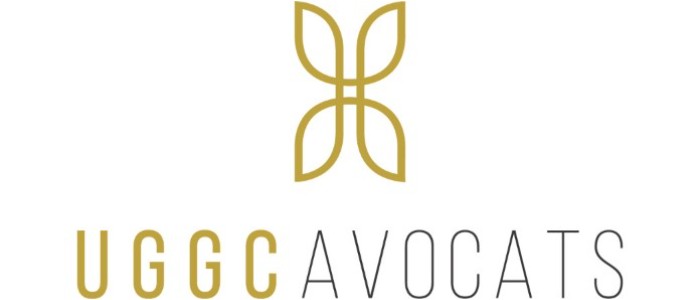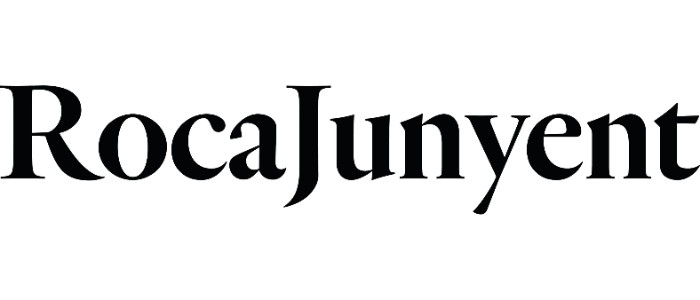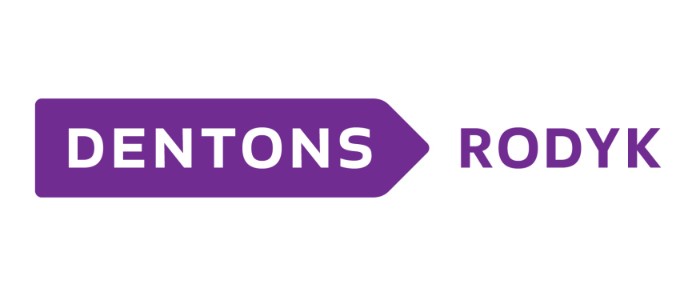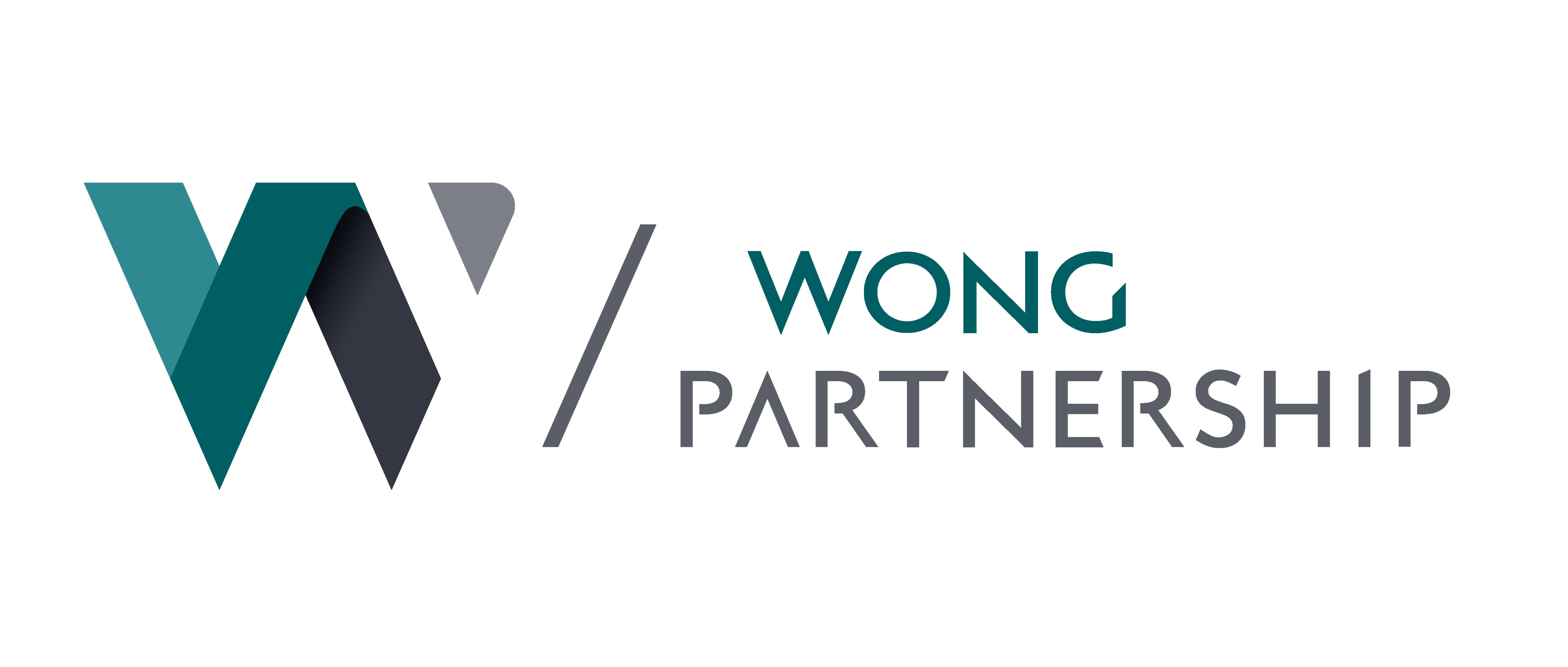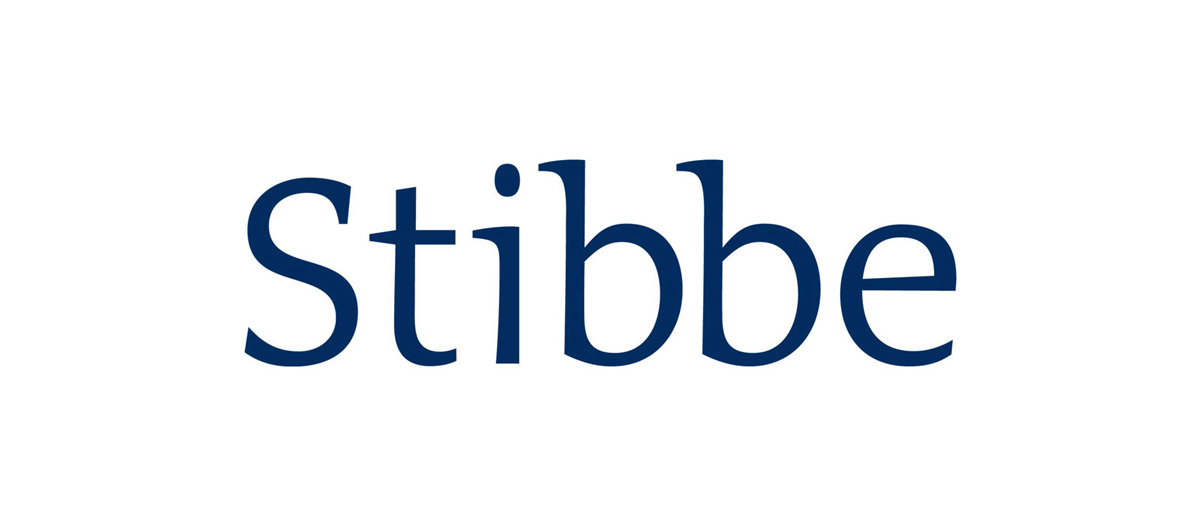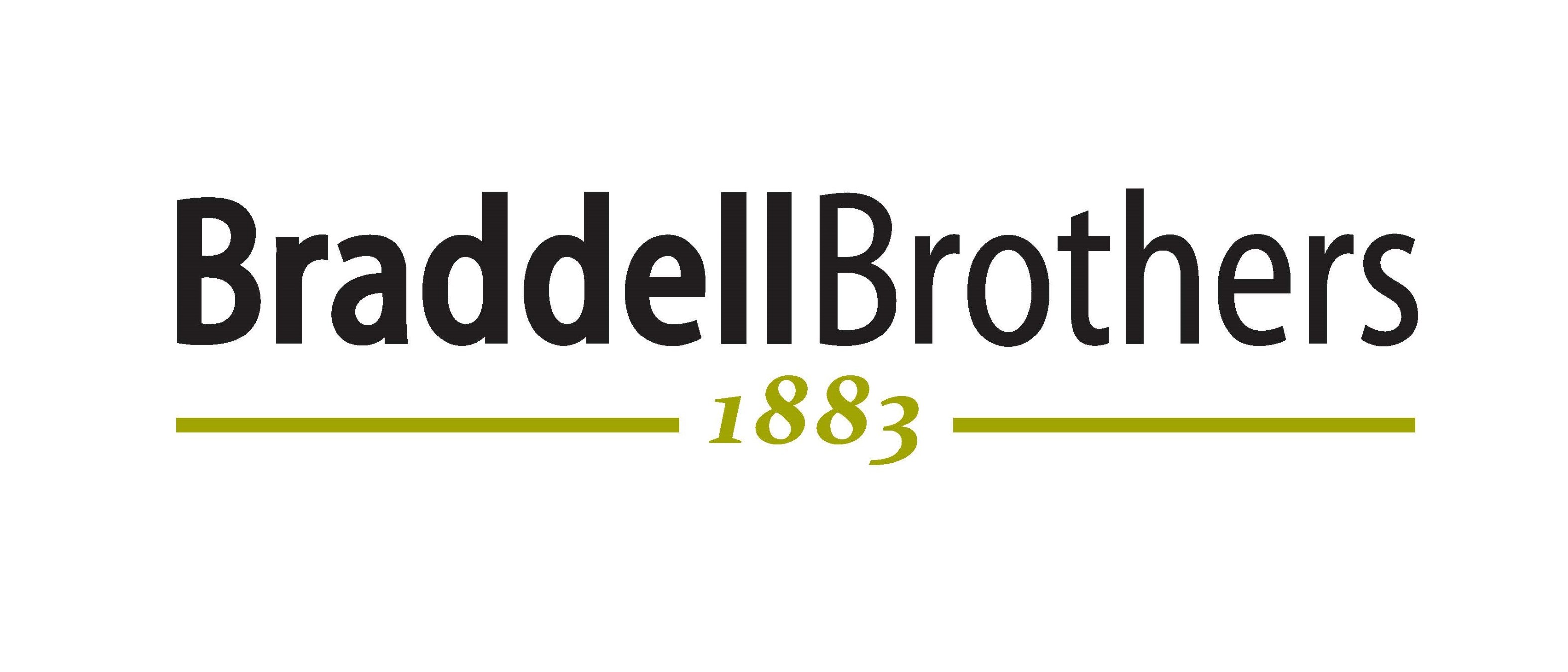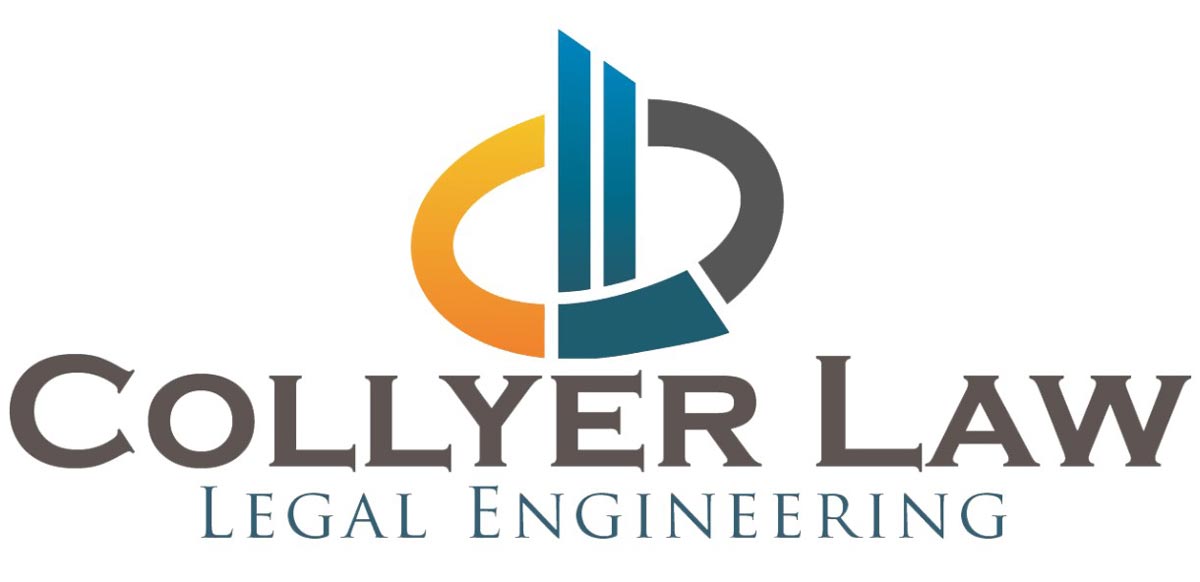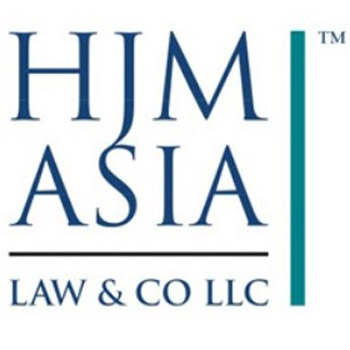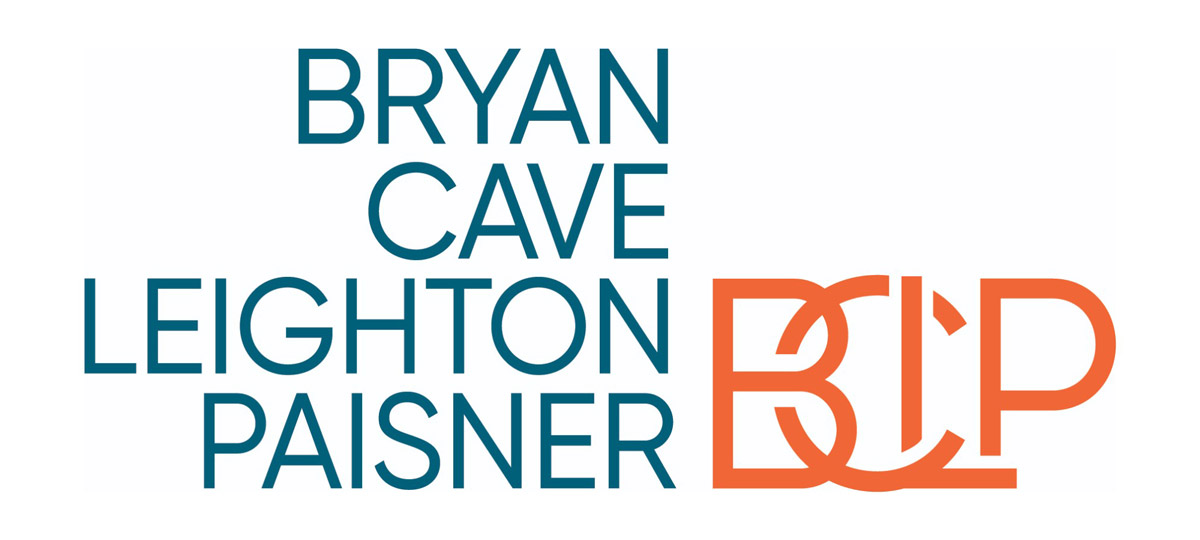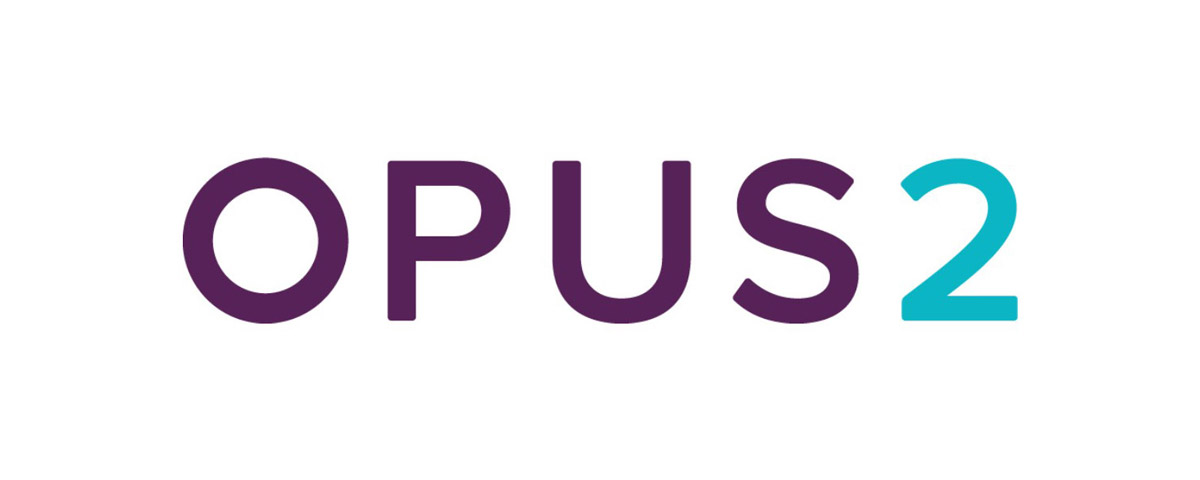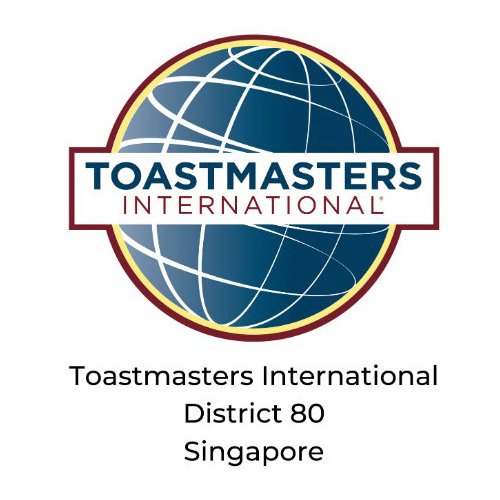For many years, many European and North American companies have questioned the effectiveness of the IPR protection systems available in Asia, complaining about the lack of clarity, predictability and/or uniformity of the regulations in place or, in some cases, the complete absence of IPR-specific regulations.
Were these doubts and criticisms well-founded, or were they based on bias, misconceptions or simply on unfamiliarity with existing regulations and the tools available to activate them?
Whether justified or not, several Asian countries have taken note of these doubts and criticisms and, aware of the importance of strengthening business confidence in the ability of their markets to provide a predictable and effective arsenal of rules to protect IP rights, have taken various initiatives in recent years to demystify, review and, where necessary, strengthen their IPR protection strategy, including at the stage of enforcement in case of infringement.
Together, we propose to examine what tools are currently available for companies wishing to doing business in Asia to effectively protect their IP rights, focusing in particular on the regulations in force in Singapore and China, which have been emerging for several years as real hubs for IP in Asia. We will then compare these tools with those available in various European and North American countries, in order to see whether the doubts and criticisms that sometimes still persist today as to the effectiveness of the enforcement measures available in Asia are justified or whether, on the contrary, they are based on outdated bias and misconceptions.
Among the various measures and tools that we will examine and compare, we will pay particular attention to measures aimed at collecting and preserving evidence of an infringement, to actions specific to IPR, to specific sanctions applicable in the event of a proven infringement, as well as to the methods of compensation available to repair the damage suffered by the rights holder.







